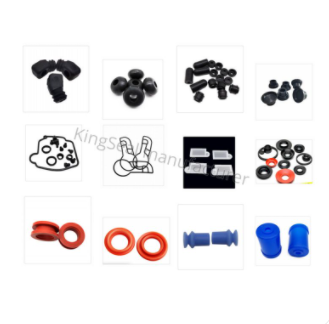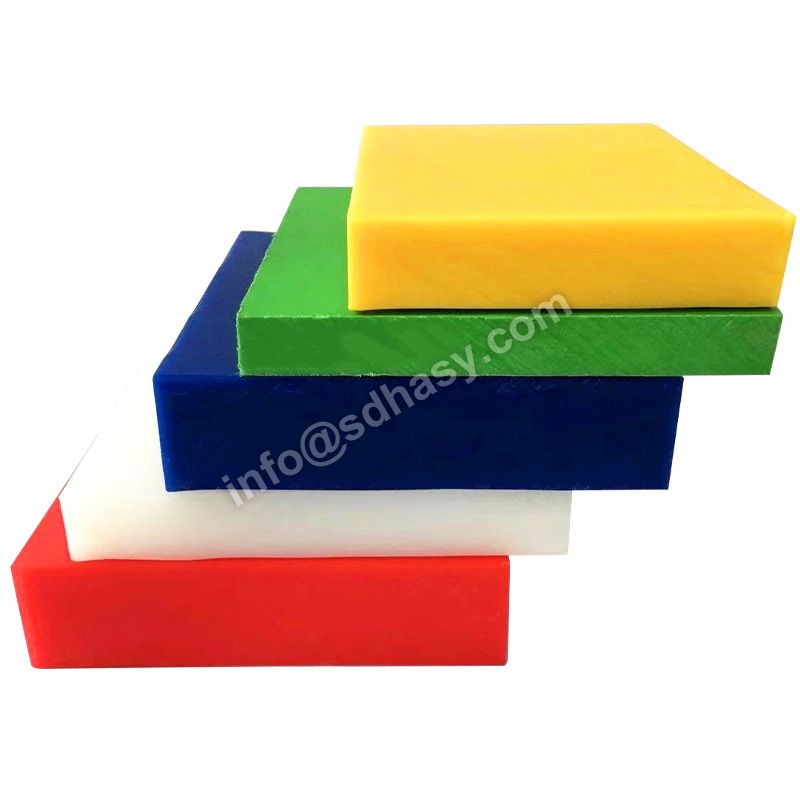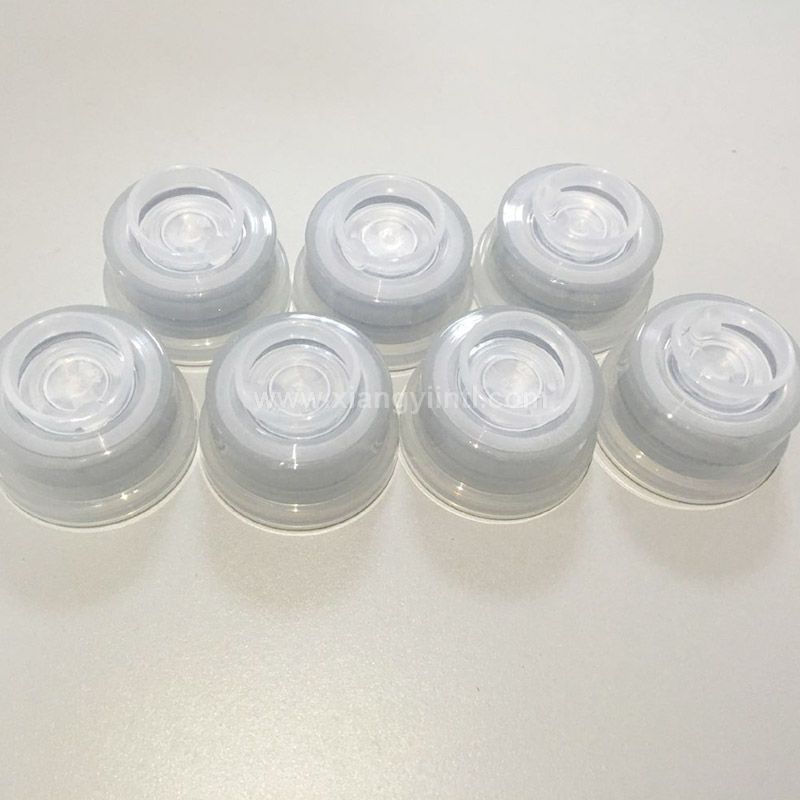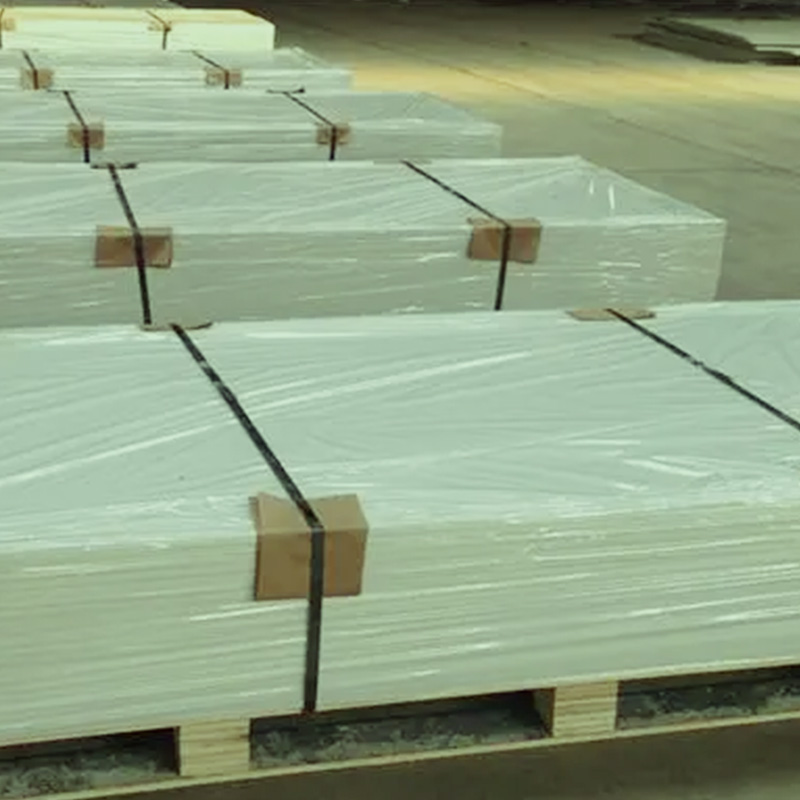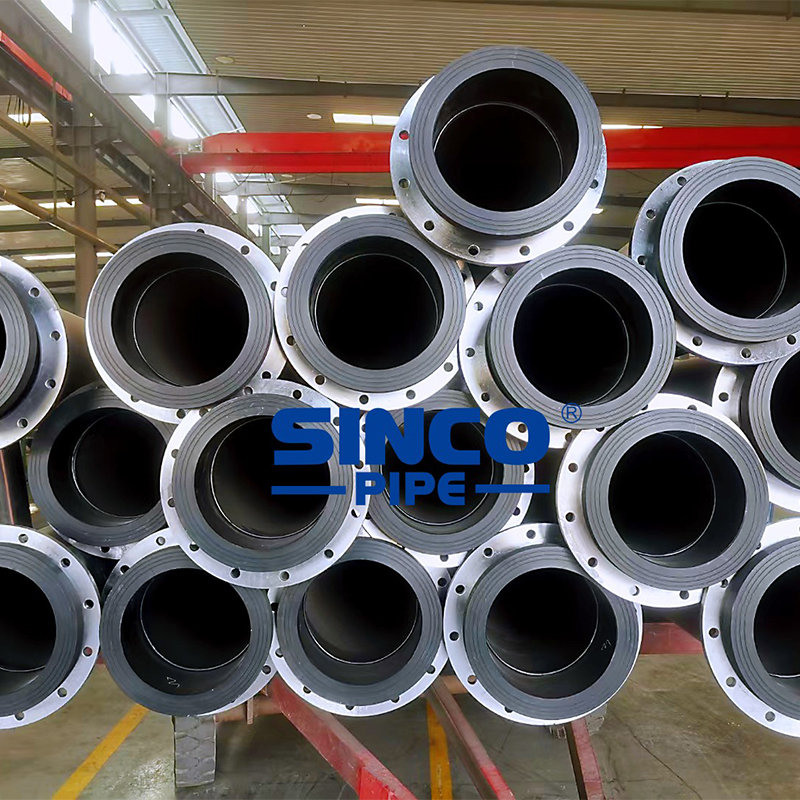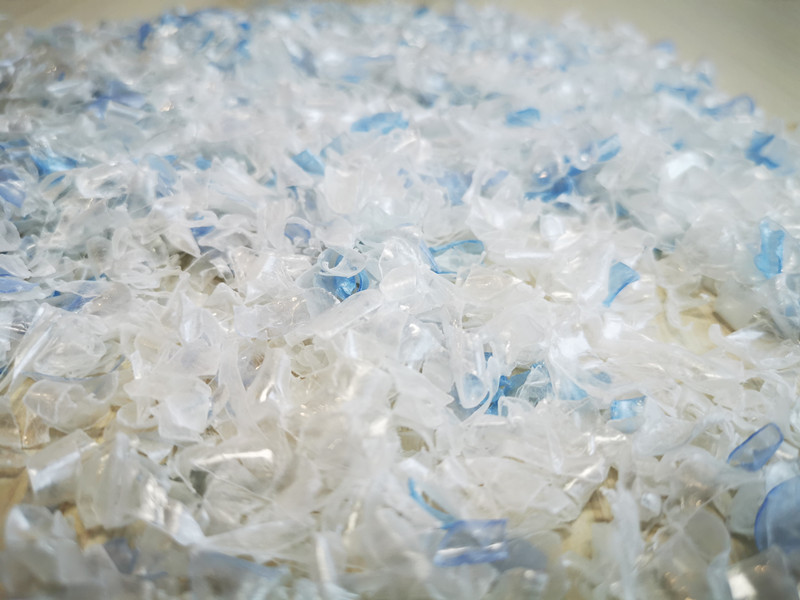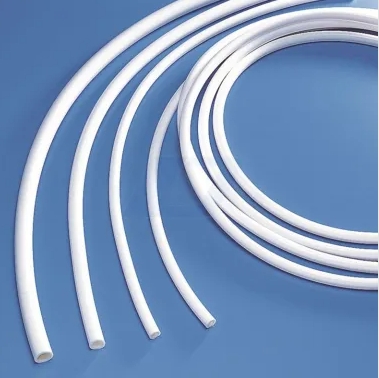Which Factor Is Important In Sealing?
Seals must be carefully designed and manufactured to ensure superior product performance. This section reviews the issues that need to be considered when making a sealing decision.
All sealing applications fall into one of the following three categories.
Those that have no motion
Those with linear motion or relatively slow rotation, or
Those involving high-speed rotation.
Sealing applications that have no motion are called static seals. Examples include face seals in end caps, seals in split connectors, and housing cover seals.
Sealing applications where there is linear motion (reciprocating motion) or relatively slow rotation or oscillation are called dynamic seals. Applications involving slow rotation or oscillation are classified as dynamic if the surface speed is less than 50 fpm (15 m/min).
Finally, sealing applications that rotate at high speeds are referred to as rotary seals. If the surface velocity is greater than 50 fpm (15 m/min), the application is classified as a rotary application. It should be noted that the seals and recesses used for dynamic and rotary applications are different in design and specification. These differences are explained in the following sections.
PYG-type End-Face Sealing Ring
Seal Orientation and Type
The orientation of an O-ring seal can cause the seal to compress, and thus seal, occurring in either the radial or axial direction. The diagram above illustrates this. In the case of radial seals, the primary sealing surface can occur at the inside or outside diameter of the seal, and the common names for these seals are rod seals and piston seals, respectively. Axial seals are commonly referred to as face seals. Each of these seal types can be static, dynamic, or rotary, with the exception of piston seals, which are not normally recommended for rotary applications.
Surface Finish
Shorter than expected seal life is usually due to too fine a finish on the piston rod or cylinder bore. Highly polished (non-porous) metal surfaces do not retain the lubricant needed to control friction, while rough or jagged surfaces can wear the seal and cause early seal failure.
To avoid these problems, we recommend an ideal surface finish of 20-24 µin (0.5-0.6 µm) Ra, with an acceptable range of 20-32 µin (0.5-0.81 µm) Ra. Surface finishes must not be less than 16 µin (0.4 µm) Ra.
Further reading:What is the difference between MDPE and HDPE gas pipe?
What Material Is Used for High-Pressure Seals?
RPET: Transforming Plastic Waste into Sustainable Solutions
Why Can't Natural Rubber Be Used to Make Products?
RPET Material – 10 Frequently Asked Questions
Neoprene vs. Natural Rubber
Choosing the Best Rubber Hose for Your Needs
Pressure Driven Seals
Sealing is more difficult at low pressures than at high pressures. When pressure is applied to the seal, the rubber material will deform. With proper seal design, deformation can improve the seal. This concept is used in many seal designs. Sealing improvements can be made to custom designs by adding sealing beads or pressure-enhancing details to the seal.
Quick Link to Sealing Elements Suppliers.
Component Concentricity and Roundness
When evaluating applications, keep in mind that components are not perfectly concentric or circular. Concentricity and roundness can also vary with pressure and temperature. When sizing seals, consider the worst-case scenario for your application and make sure the seal system you select will work in the worst-case scenario.
If, after reviewing your application’s calculations, you find that seal integrity may be compromised as sizing approaches the worst case, consider making the following adjustments before recalculating.
Reduce the clearance between components.
Reduce the tolerance of the component.
Use larger cross-sectional seals to absorb the additional tolerances.
Increase seal extrusion (this also increases friction).
Improve component alignment and support to reduce eccentricity.
Seal installation – avoid damage
Seals can easily be damaged during installation. For example, seals are often inserted into a shaft by sliding on the threaded surface. To avoid seal damage, reduce the diameter of the rod in the threaded area. Also include chamfers for seals and avoid sharp corners on recesses.
Further reading:Types of Industrial Hoses: A Comprehensive Guide
HDPE Corrugated Pipes: Unveiling the Technical Specifications for Superior Performance
The Efficiency and Environmental Benefits of Plastic Crusher Machines
Polypropylene Sheet: A Versatile and Sustainable Solution for Diverse Applications
PP Tarpaulin: The Versatile and Reliable Protective Covering
Benefits of using PE surface protection film
Advantages of Polyurethane Dewatering Screen Panels





